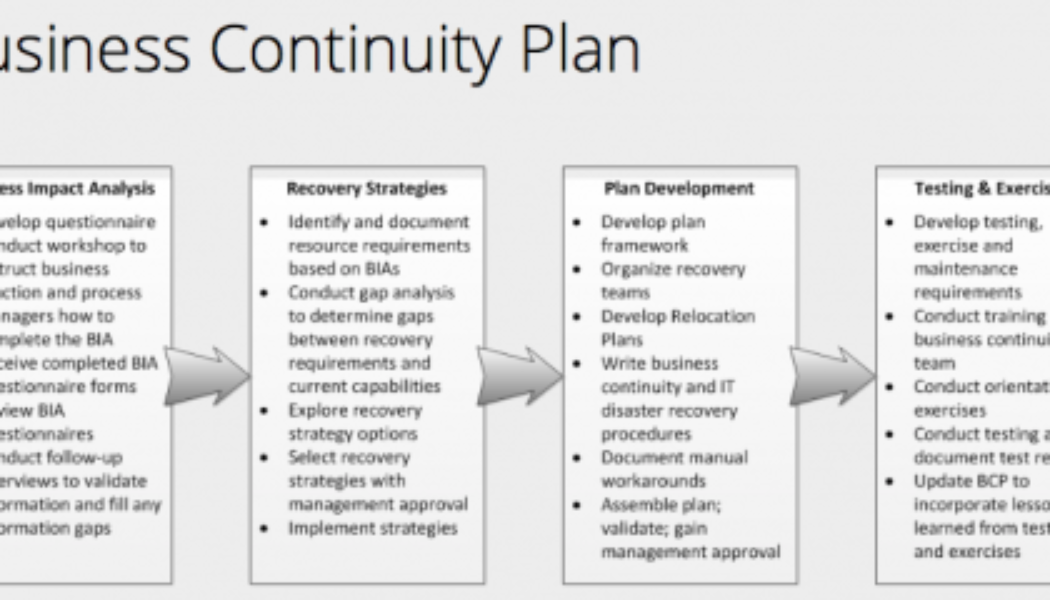Civic-minded South Africans watched with growing concern at the recent extreme civil unrest incidents that flared up around parts of the country. Society and the government alike were caught largely unawares, with the defence minister shockingly clarifying that the South African security cluster ‘had almost been caught with its pants down’.
“Whether you have a certain amount of admiration for the unexpected honesty of this statement from the minister, or are more interested in monitoring positive actions to counteract the recent looting, the fact remains that this explosion of unrest has a sobering message for South Africa on so many levels,” says Stefan van de Giessen, General Manager: Cybersecurity at Networks Unlimited.
“Perhaps the greatest lesson to learn here is the age-old Scout Motto, ‘Be Prepared’, and this has always applied to the IT arena as well.”
Van de Giessen explains that a network disaster recovery plan is often overlooked, and he compared it to an insurance recovery plan.
“An organisation cannot function properly if one of its networking system components stops working. Without network services, a company is simply not able to properly execute its business operations and move data within the infrastructure. To put it into real-life terminology from the recent troubles, just think here of the awful visuals of the trucks that were set alight on the N3 at Mooi Plaza, in the Mooi River area.

“Once this had occurred, the N3 – a vital arterial route in the country for cargo and business purposes – had to be shut down for days afterwards in a completely unprecedented manner. The later sight of trucks once more rolling into KwaZulu-Natal with supplies, including seeing some trucks arriving under armed guard, was a welcome reminder that a major section of the transport network had been restored.
“Similarly, in the IT-sphere, the importance of network services cannot be underestimated in order to keep your data moving, and your business functioning. In a force majeure situation, a business owner’s data can be lost to rioting and looting if you don’t have a disaster recovery plan in place.”
Van de Giessen says a responsible business owner must do the following:
- Conduct network disaster recovery planning to accommodate ways to reduce the risk of network failure.
- Rapidly respond to a disruption of network services.
- Mitigate the impact of system downtime during network disaster recovery.
Van de Giessen says that backing up data off-site is a very important consideration in good disaster recovery and mitigation plans for on-premises networking.
“If your company’s data assets are stored in a single location, your organisation potentially faces additional risks, including ransomware attacks, increased downtime and ultimately even data loss. And so, when you are choosing a co-location for backed-up or replicated data, you want to find a data centre that isn’t going to be exposed to the same risks as your company’s primary data solution.”
“For example, if your business premises is geographically situated in an area that is vulnerable to earthquakes, you would ideally want to find a backup location that is in a seismically more stable area, but still close enough to allow for reasonably convenient access. If we now consider the recent unrest that took place in KwaZulu-Natal in particular, then a business in Durban should have been covered from a network disaster recovery plan if its backup datacentre had been situated in Midrand, for example, simply by virtue of not having the same social and civic pressures duplicated in both areas.”
Van de Giessen says the benefits of a cloud-based disaster recovery option include the following:
- Flexibility, simplicity and reduced downtime: Cloud-based solutions offer your organisation the power to run off the cloud or restore your crucial data and systems to any location, and help you to get systems back online much quicker during an IT disaster.
- Ease of deployment and cost-effectiveness: By making use of the provider’s expertise and specialised knowledge, your business’ networking recovery plan can be implemented without significant investments in hardware, software, or a secondary site. Basically, you can leave it all up to the service provider. This in turn helps to make it more cost-effective.
- Reliability: Cloud-based solutions allow for frequent and non-disruptive testing of IT disaster recovery efforts.
“In the wake of the recent unrest, the importance of a strong disaster recovery plan has been placed under the spotlight. If a business owner with on-premises networking invests in a disaster recovery plan for the business via a co-located datacentre disaster recovery plan, then during times of distress, such as a physical security attack or a cyberattack, your investment will be shown to bear fruit. The important thing is to be prepared so that you are able to come away relatively unscathed, with your data and productivity still intact,” he concludes.
By Staff Writer.











